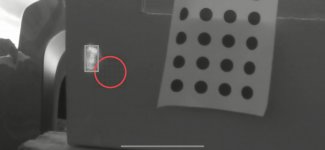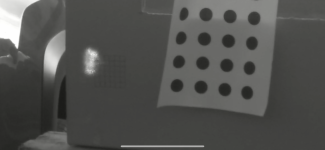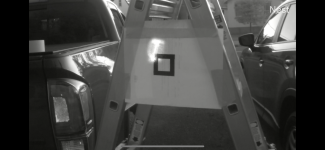Using the IR night vision on my surveillance cameras I was able to see the beam divergence on my new 3200.com’s (I also noticed a miss alignment issue)
This test took place at 32.5 meters. Aiming mark was a 6cm x 6cm grid (1.95mils). The circular reticle in the binos is about 2 mils. The beam appears to be about .5mils x 1.5 mils arranged vertically.
As you can see, over 90% of the beam is outside of the aiming mark. I’ve already contacted Leica to see if this is within spec. Awaiting a reply.
This test took place at 32.5 meters. Aiming mark was a 6cm x 6cm grid (1.95mils). The circular reticle in the binos is about 2 mils. The beam appears to be about .5mils x 1.5 mils arranged vertically.
As you can see, over 90% of the beam is outside of the aiming mark. I’ve already contacted Leica to see if this is within spec. Awaiting a reply.
Attachments
Last edited:



